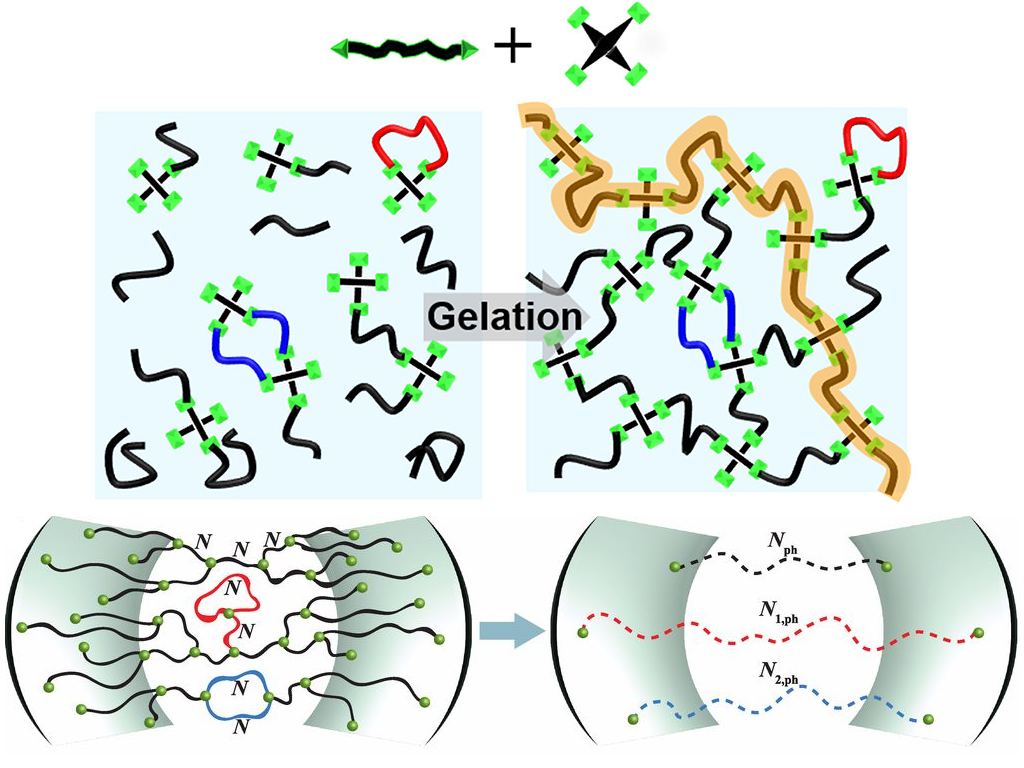
Polymer networks have been a central research topic for more than 100 years owning to their diverse applications. While extensive understanding of the fundamental physics of polymer networks has been established over the past decades, most of this work assumed ideal networks. Real networks have complex topology and chemical connectivity, and how to accurately calculate the contributions of different connectivity and topological features to the linear and nonlinear mechanics of real networks are two key long-standing questions that remain to be addressed. In the Olsen Group, we approach the problem by investigating how topological defects, which include primary loops, high-order loop structures, dangling ends, and chain entanglements, that are known to critically impact material properties such as mechanical strength and pore-size homogeneity, impact the material properties. The interplay between molecular topology and network formation conditions, as well as the correlations between the network topology and material properties are revealed through the simultaneous development of novel chemical tools and model systems that provide pivotal knowledge and decisive proof of physicochemical mechanisms, as well as theoretical and computational models that offer insights into the microscopic origins of various macroscopic properties.
Highlighted Publications
1. Zhong, M., Wang, R., Kawamoto, K., Olsen, B. D., & Johnson, J. A. (2016). Quantifying the impact of molecular defects on polymer network elasticity. Science, 353(6305), 1264-1268. Link
2. Wang, R., Lin, T. S., Johnson, J. A., & Olsen, B. D. (2017). Kinetic Monte Carlo simulation for quantification of the gel point of polymer networks. ACS Macro Letters, 6(12), 1414-1419. Link
3. Wang, R., Alexander-Katz, A., Johnson, J. A., & Olsen, B. D. (2016). Universal cyclic topology in polymer networks. Physical review letters, 116(18), 188302. Link